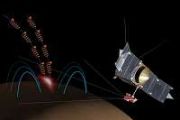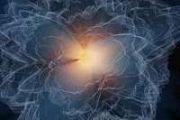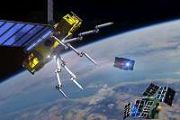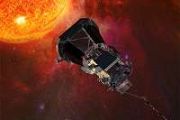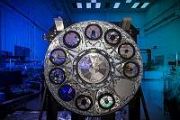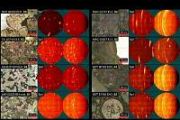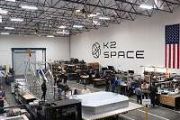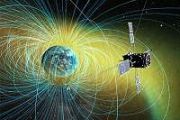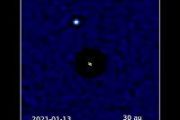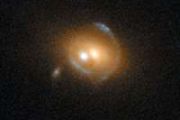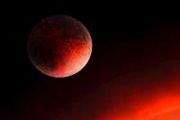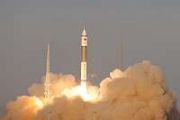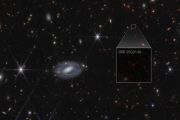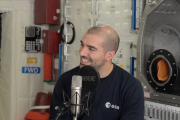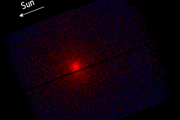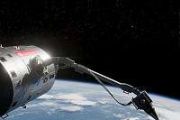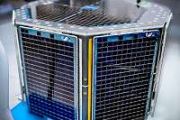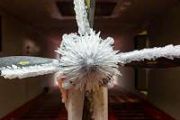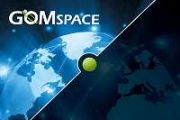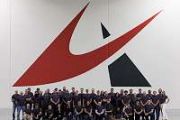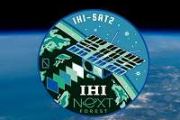
Copernical Team
Undergrad students deploy applications to geosynchronous satellite 22,236 miles above Earth
This request seems a bit unusual, so we need to confirm that you're human. Please press and hold the button until it turns completely green. Thank you for your cooperation!
Press and hold the button
If you believe this is an error, please contact our support team.
185.132.36.159 : 5a9cb2b8-d573-40f7-9d05-d1ad9674
ESA inaugurates deep space antenna in Australia

The European Space Agency (ESA) has expanded its capability to communicate with scientific, exploration and space safety missions across our Solar System with the inauguration of a new 35-m diameter deep space antenna – the fourth for Estrack, ESA’s deep space tracking network.
Week in images: 29 September - 3 October 2025

Week in images: 29 September - 3 October 2025
Discover our week through the lens
Sample processing
 Video:
00:02:04
Video:
00:02:04
The intricate mechanisms of the most sophisticated laboratory on Mars are revealed in Episode 4 of the ExoMars Rosalind Franklin series, called “Sample processing.”
The Rosalind Franklin rover’s drill has a maximum reach of two metres – deeper than any other mission has ever attempted on the Red Planet. This depth allows access to well-preserved organic material from four billion years ago, when conditions on the surface of Mars were more like those on infant Earth.
After receiving a sample from the drill, Rosalind’s laboratory must prepare the sample to make a detailed study of its mineral and chemical
Earth from Space: Kilauea lava lake, Hawaii
 Image:
This Copernicus Sentinel-2 image captures an active lava lake on the Kilauea volcano on Hawaii’s Big Island.
Image:
This Copernicus Sentinel-2 image captures an active lava lake on the Kilauea volcano on Hawaii’s Big Island. Tracking satellites at the speed of light
2025 marks a landmark year for Europe’s ‘bridge between Earth and space’. The European Space Agency’s Estrack satellite tracking network turns 50.
Since its inception in 1975, Estrack – ESA’s global network of ground stations – has formed the vital communication bridge between satellites in orbit and mission control at the European Space Operations Centre (ESOC) in Darmstadt, Germany.
Now comprising six stations spanning six countries, Estrack has grown into a strategic asset for Europe, enabling communication with spacecraft, transmitting commands and receiving scientific data.
The network keeps an eye on satellites no matter their location: tracking them across Earth
The other space race: Why the world is obsessed with sending objects into orbit
This request seems a bit unusual, so we need to confirm that you're human. Please press and hold the button until it turns completely green. Thank you for your cooperation!
Press and hold the button
If you believe this is an error, please contact our support team.
185.132.36.159 : 6e4f2b02-31bc-4700-aa3d-ac30666a
Port Canaveral preps for more rocket recoveries with third crane
This request seems a bit unusual, so we need to confirm that you're human. Please press and hold the button until it turns completely green. Thank you for your cooperation!
Press and hold the button
If you believe this is an error, please contact our support team.
185.132.36.159 : 2d49e31d-7165-4081-8056-5cd74d41
Interstellar comet swinging past Mars as a fleet of spacecraft looks on
This request seems a bit unusual, so we need to confirm that you're human. Please press and hold the button until it turns completely green. Thank you for your cooperation!
Press and hold the button
If you believe this is an error, please contact our support team.
185.132.36.159 : 7e5460c5-2329-4fdb-8556-b8cb38f9
Galileo R&D tests new uplink antenna

Galileo relies on ground-based uplink stations (ULS) to maintain accurate positioning for users worldwide. These stations transmit essential data to the satellites, including the information required to compute the satellites' orbits and clock corrections. Traditionally, such messages are sent using dish antennas. However, a new type of ground uplink antenna – a phased array antenna – was recently tested at the European Space Agency’s (ESA) site in Redu, Belgium. Developed under ESA's Horizon 2020 programme for R&D, which aims to keep Galileo up to date with the latest innovations, this innovative antenna could benefit



